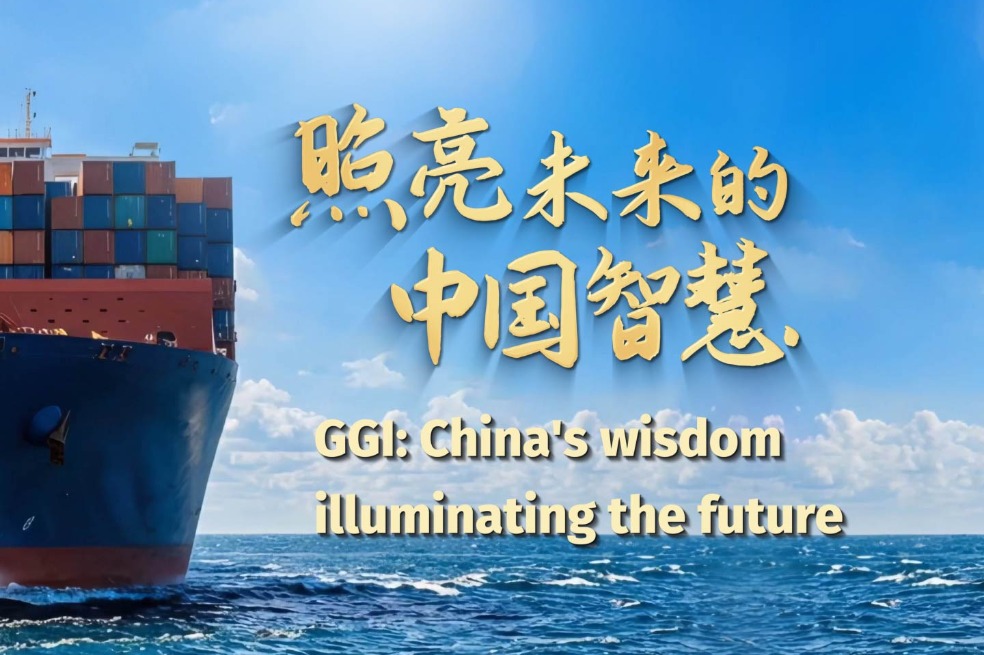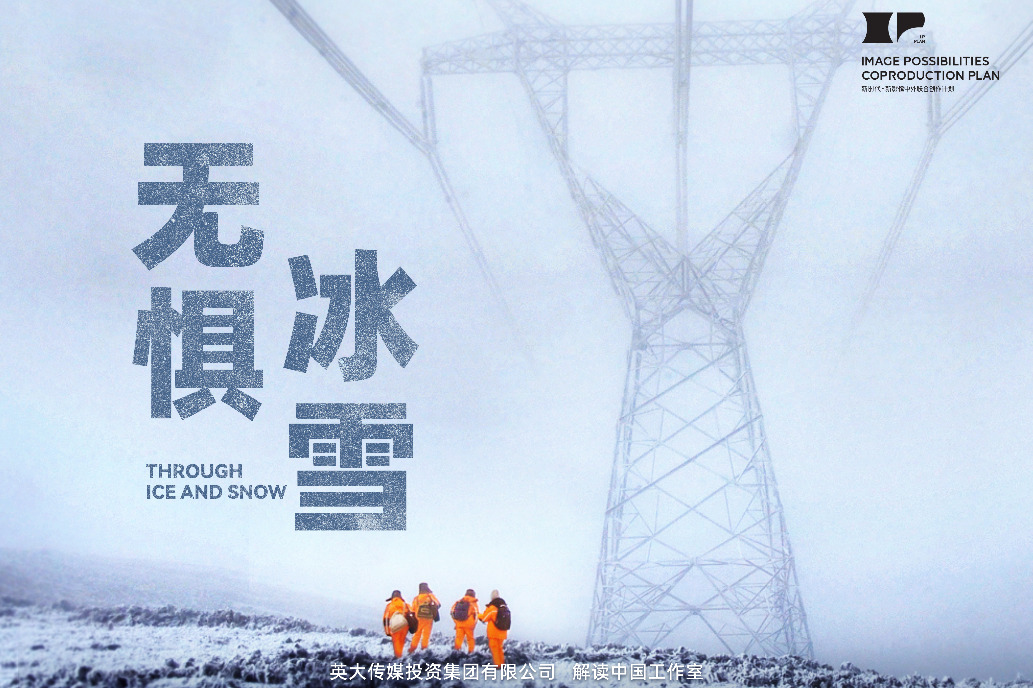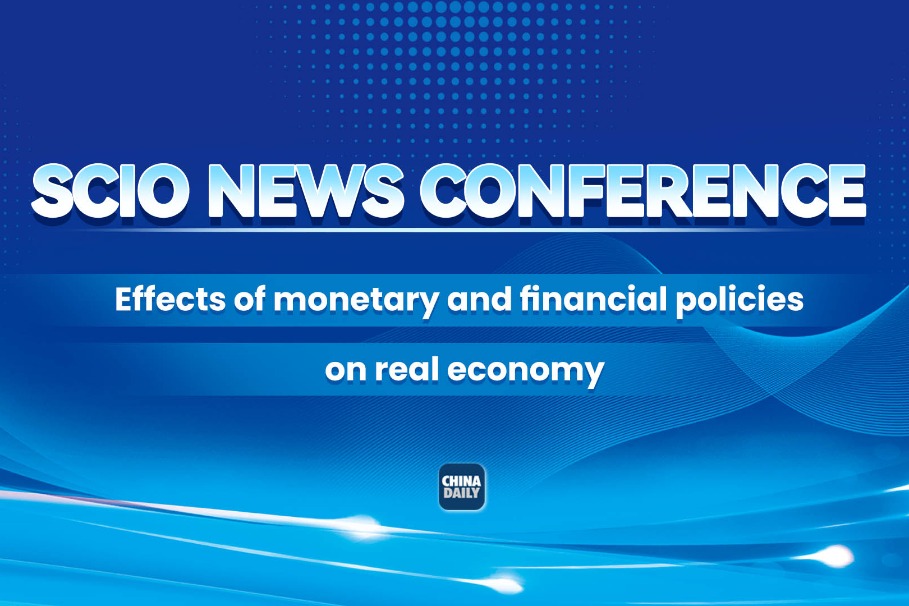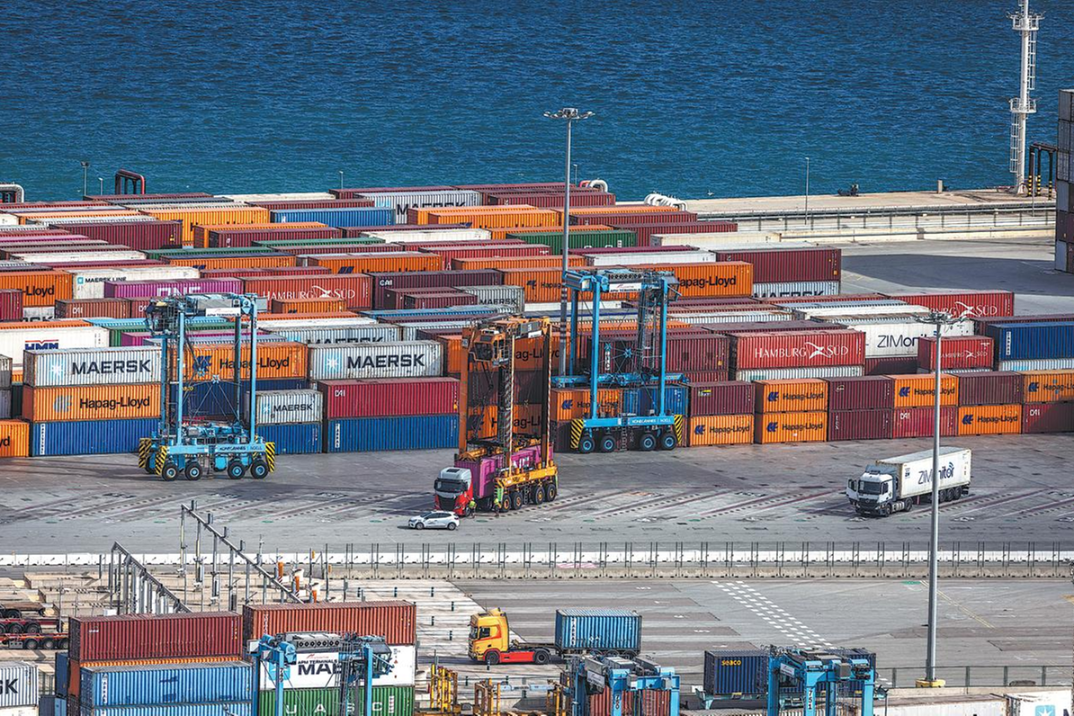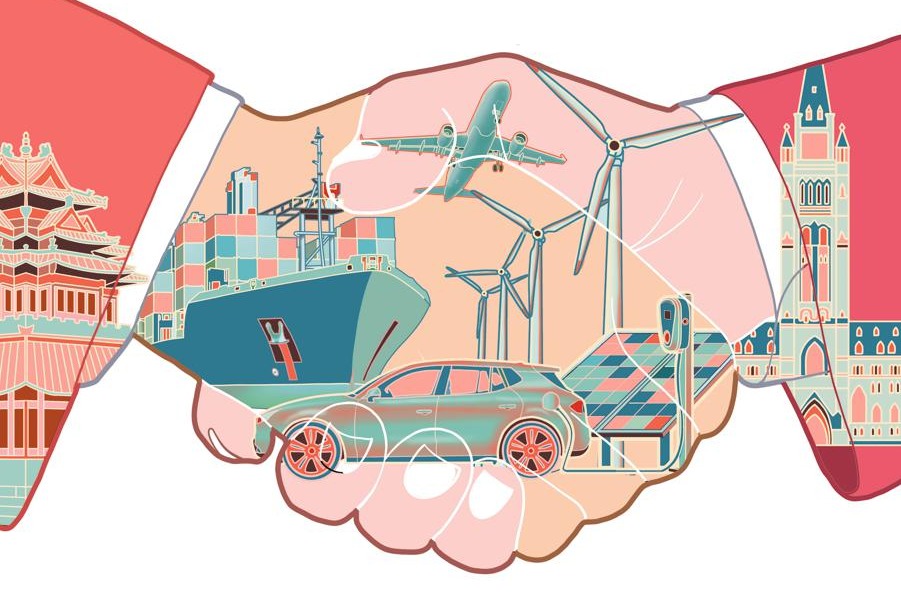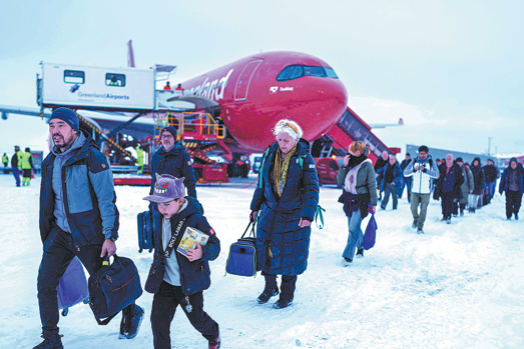How APEC can boost free trade in region

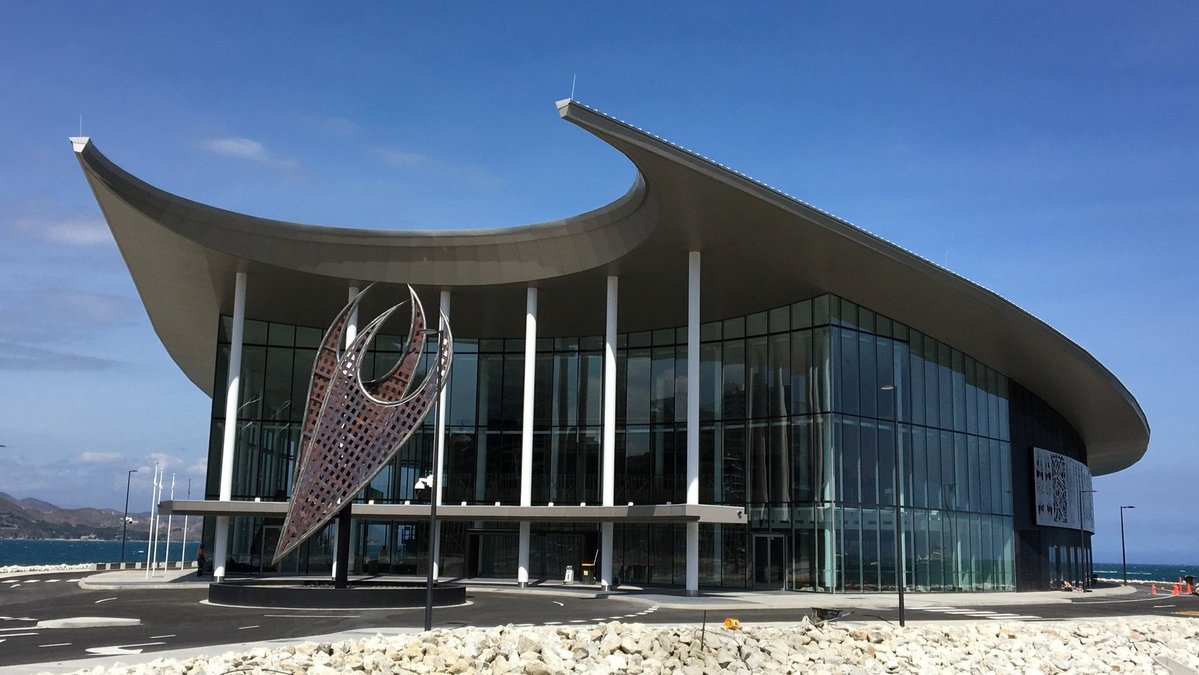
As the 21 members of the Asia-Pacific Economic Cooperation meet during the weekend in Papua New Guinea, there are rising concerns about the future of global trade amid the tide of nationalism and protectionism.
APEC member economies represent some 40 percent of global population, their cumulative GDP is more than 60 percent of global GDP and they account for almost 50 percent of global trade in goods and services. What APEC leaders decide matters.
There are three possible (but two probable) paths to free trade in the Asia-Pacific region.
Founded in the early 2000s by a few smaller regional economies, the initial Trans-Pacific Partnership was more economic, open and inclusive by nature. Former US president Barack Obama’s “pivot to Asia” opted for a more exclusive, geopolitical and secretive TPP agreement, which aspired to a “gold standard” that would remove tariffs between its members that represented 40 percent of global economy. But the TPP also deemed provisions on labor rights, environmental protection and state-owned enterprises. These “high standards” made it impossible for China and India to join the TPP, while boosting the role of US multinationals in Asia-Pacific trade.
On his first day in office, US President Donald Trump killed the TPP. He is considering rejoining a revised TPP, but only if the US is granted a “better deal”. Without US participation, other TPP members have agreed on a mini-deal (that is, Comprehensive and Progressive Agreement for Trans-Pacific Partnership, or TPP-11), which may be progressive, but cannot be comprehensive without China, India — and the United States.
Second, the Regional Comprehensive Economic Partnership is fueled by the 10 ASEAN member states. Since 2012, the goal has been to harmonize free trade agreements among the members of the Association of Southeast Asian Nations, advanced economies (Australia, Japan, Republic of Korea and New Zealand), and China and India. The US has stayed on the sidelines. Seeking to exploit its economic clout, it prioritizes bilateral talks and seeks to defuse ASEAN’s bargaining power. As a trade pact, the RCEP is not as exclusive, broad and deep as the Obama TPP. But it is more multilateral, realistic and inclusive — and could materialize in 2019.
And third, Trump and his trade hawks are pushing a new Asia-Pacific alignment, which strategically seeks to cement Washington’s “Indo-Pacific Vision” to contain China’s rise. Economically, it aspires to neutralize the China-proposed Belt and Road Initiative. Militarily, it is exploiting the “freedom of navigation” doctrine to dominate the South China Sea as 60 percent of the US’ naval fleet will be transferred to the region by 2020.
However, any geopolitical sphere-of-interest plan would split the region and thus derail the anticipated Asian Century.
Unsurprisingly, even the US’ allies — Japan and the ROK — feel unsettled about new US protectionism. And that leaves only one solution.
Within the APEC economies, the idea of regional free trade has been around since 1966 when Japanese economist Kiyoshi Kojima advocated a Pacific Free Trade agreement. Three decades later, APEC leaders opted for free and open trade and investment in the Asia-Pacific.
In 2006, C. Fred Bergsten, then chief of an influential US think tank, advocated the Free Trade Area of the Asia Pacific. If the FTAAP could be made a reality, he argued, it would represent the largest single liberalization in history.
The TPP-11 is dominated by advanced high-income economies but excludes upper- and lower-middle income regional engines. In contrast, the RCEP includes these regional engines and a few high-income economies as well. Yet the final pact must be able to include the interests of both advanced and emerging economies. Ultimately, only the FTAAP has potential to cover the interests of the RCEP, the TPP-11, the US (when Trump or the next US president accepts a more inclusive deal), Russia and other potential members.
That’s the FTAAP goal that APEC put forward in 2006 and Asian economies, including China, supported. Ultimately, the TPP-11 and the RCEP must agree on harmonization that will facilitate trade and cooperation among regional members and can form a joint path to the FTAAP.
It is very much in the long-term interest of the US, too, to accept the idea that all economies, including those in the Asia-Pacific, have interests of their own. Neither the US nor any other economy can have unipolar primacy in world trade; but all countries have a critical stake in multilateral world trade.
A tentative draft suggests that APEC leaders “acknowledge the importance of APEC’s regional economic integration agenda, including how to advance, in a comprehensive and systematic manner, the process toward the eventual realization of a Free Trade Area of the Asia Pacific.”
A timely road map for the effective implementation of this agreement would be the right start for the region and the world.
The author is director of Difference Group and has served at the India, China and America Institute (US), Shanghai Institute for International Studies (China) and the EU Centre (Singapore).


















